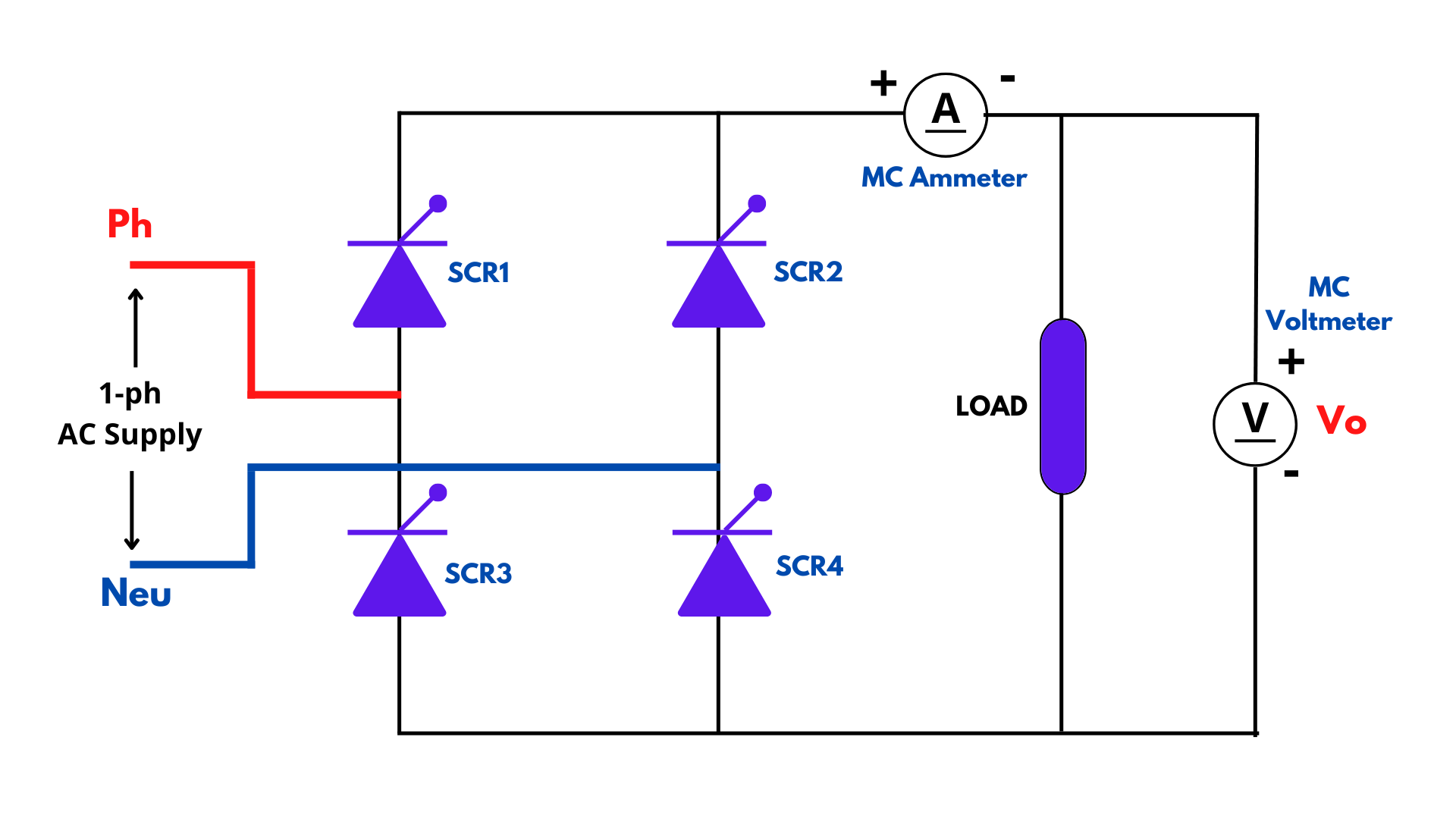Modes of Operation of SCR
- The following are the conditions for an SCR to conduct,
- The SCR must be forward biased (VAK > 0.6V)
- The gate pulse should be fired
- Based on the above conditions, we have three modes of operation
- Forward Blocking Mode: SCR is forward biased but gate pulse is not applied.
- Forward Conduction Mode: SCR is forward biased and gate pulse was applied.
- Reverse Blocking Mode: SCR is reverse biased.
- SCR only conducts in Forward Conduction Mode.
- SCR never conducts in Reverse blocking mode regardless of whether the gate pulse is applied or not.





